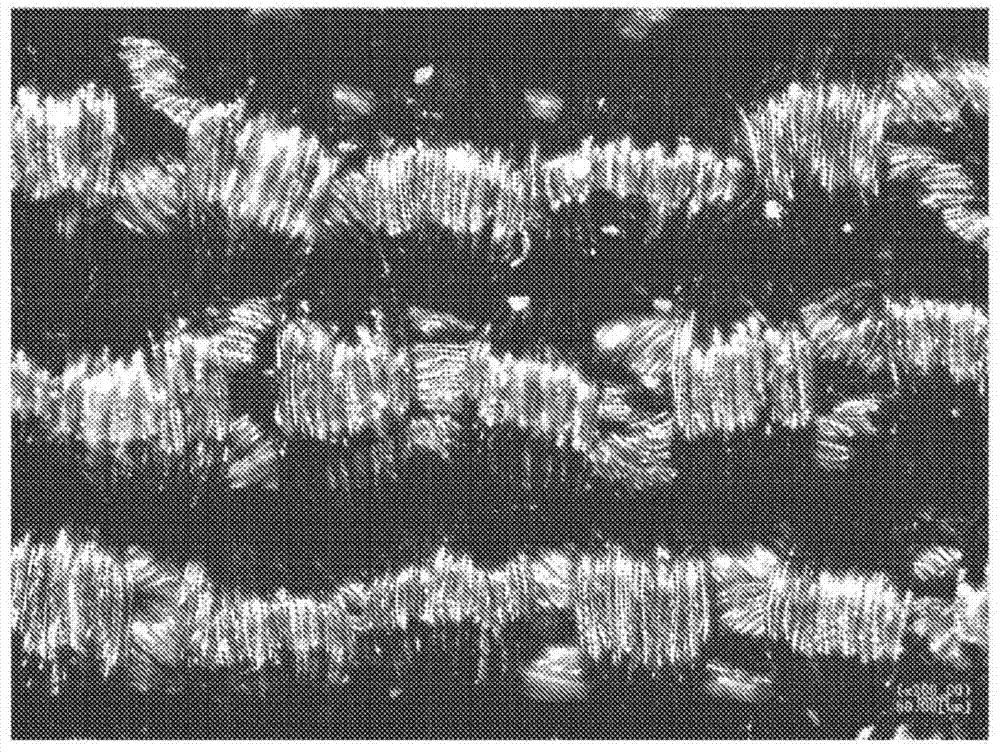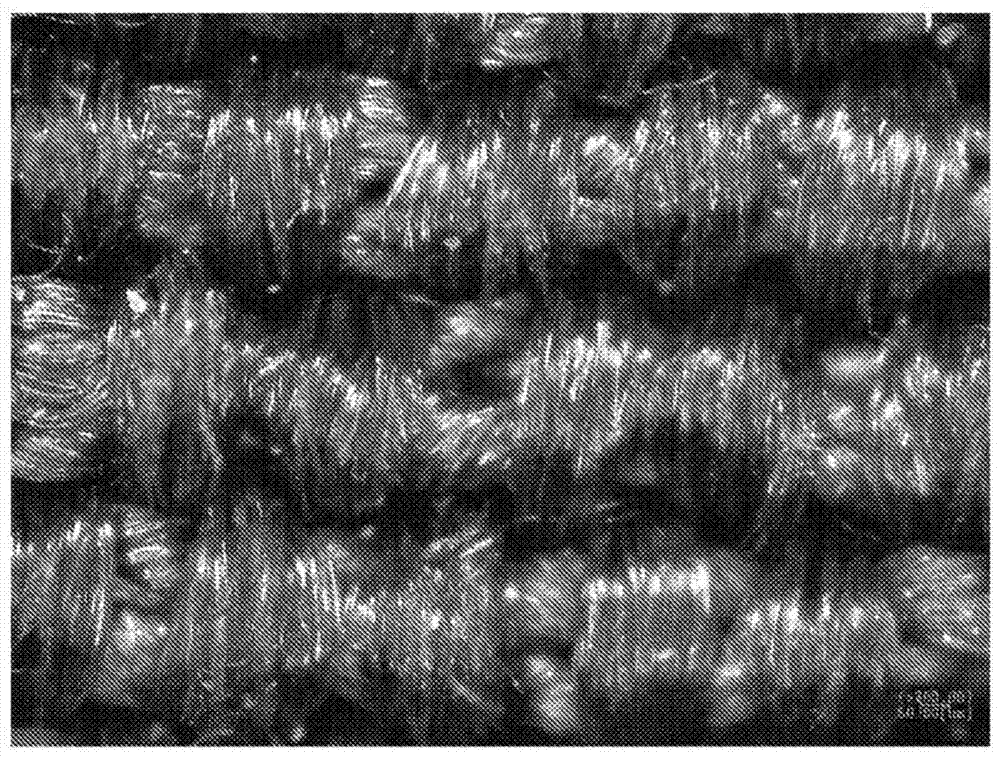Modified fiber and method for manufacturing same
A modified fiber and manufacturing method technology, applied in the direction of wear-resistant fiber, fiber treatment, plant fiber, etc., can solve the characteristics of whitening, poor hand feeling, chemical resistance, wrinkle resistance, dimensional stability, friction resistance, etc. Low-level problems, achieving excellent wear resistance and small dimensional changes
- Summary
- Abstract
- Description
- Claims
- Application Information
AI Technical Summary
Problems solved by technology
Method used
Image
Examples
Embodiment 1
[0088] First, 0.25 g of RDGE (DENACOL EX201; manufactured by Nagase ChemteX Corporation) and 0.5 g of a dispersant (Disper VG; manufactured by Meisei Chemical Co., Ltd.) were sufficiently kneaded, and the kneaded product was placed in a stirring tank. Then, water was slowly added to the kneaded product to emulsify and disperse it, thereby preparing a treatment liquid containing RDGE. It should be noted that the total amount of water used was 200 ml. Next, 5 g of silk crepe (manufactured by Nagahama Chirimen Co., Ltd.) was immersed in the prepared treatment liquid. It should be noted that the weight per unit area of silk crepe is 150g / m 2 . The treatment liquid in which the silk crepe was immersed was stirred in order to uniformly bond the epoxy compound to the silk crepe.
[0089] Then, the temperature of the treatment liquid was raised from 25° C. to 60° C. while slowly adding a diluted sodium hydroxide aqueous solution obtained by diluting 1.25 g of a 24% sodium hydroxi...
Embodiment 2
[0092] First, a solution of 0.25 g of HDGE (DENACOL EX203; manufactured by Nagase ChemteX Corporation) dissolved in 0.7 g of DMF was sufficiently kneaded with 1.7 g of a dispersant (Disper VG; manufactured by Meisei Chemical Co., Ltd.). contained in a stirred tank. And, the treatment liquid was prepared by the same method as in Example 1. Except for the above, by the same method as Example 1, the processed silk crepe was produced. It should be noted that 2 processed silk crepes are made.
Embodiment 3
[0112] Except using 5 g of silk spinning silk 6 Japan Ryo (manufactured by Konno Kigyojo Corporation (Fukushima Prefecture)) instead of 5 g of silk crepe (manufactured by Nagahama Chirimen Co., Ltd.), utilize the same method as in Example 1 to produce Processed silk spinning silk 6 Japanese taels. It should be noted that the weight per unit area of silk spinning silk 6 Japanese taels is 20g / m 2 .
PUM
| Property | Measurement | Unit |
|---|---|---|
| Length | aaaaa | aaaaa |
Abstract
Description
Claims
Application Information
 Login to View More
Login to View More - R&D
- Intellectual Property
- Life Sciences
- Materials
- Tech Scout
- Unparalleled Data Quality
- Higher Quality Content
- 60% Fewer Hallucinations
Browse by: Latest US Patents, China's latest patents, Technical Efficacy Thesaurus, Application Domain, Technology Topic, Popular Technical Reports.
© 2025 PatSnap. All rights reserved.Legal|Privacy policy|Modern Slavery Act Transparency Statement|Sitemap|About US| Contact US: help@patsnap.com



